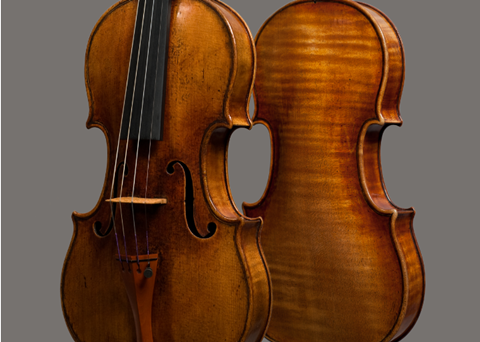Figuring out the maker of an unknown violin takes a trained eye and a detective’s skill, says luthier John Dilworth. Here he gives his personal perspective on the clues and processes of elimination that help experts pinpoint an instrument’s origins.
The following is an extract from a longer article in The Strad’s July 2010 issue about the art (and science) of identifying the work of Antonio Stradivari
When you look at an instrument for the first time, there is a sort of mental checklist, unconscious or deliberate, that usually starts with ‘How old is it?’ It can be astonishing to hear someone state with conviction that an instrument was made ‘between 1760 and 1780’, say. How can you pick a couple of decades out of four centuries? With comparative ease, it turns out, if you have the historical knowledge and a practised eye.

Once the age is established, nationality is usually up next for consideration. Again, a knowledge of the shifting fashions of violin making history is key. Tastes in violin forms – from Amati to Stainer, to Stradivari and Guarneri ‘del Gesù’ – changed at different times in different parts of Europe. Various making styles evolved as particular materials became available in different areas. Once a country is decided, you can move on to the city, and then to a family and at last, by a process of selection and elimination, an individual maker. We hope.
Read Can you tell a fake instrument from the genuine article?
Watch TwoSet Violin expose the dark side of buying and selling violins
Read A genuine Amati or a clever fake?
You can always look at the label, of course, but that is definitely not to be recommended. Once you catch a glimpse of a false label, your mind sets off in a particular direction that is always hard to change. And if it’s genuine, it has rather spoilt the fun. Let’s now put ourselves inside the mind of someone with a decent amount of knowledge, examining an unknown violin for the first time. A whole lot of information floods in all at once, and it is important to be able to filter it and deal with it in ‘packets’, using the following areas.
Best of 2023: The Strad’s Twelve Days of Lutherie
- 1
- 2
- 3
- 4
- 5
- 6
- 7
- 8
- 9
- 10
- 11
- 12
 Currently reading
Currently readingA beginner’s guide to identifying a Stradivarius
- 13























































No comments yet